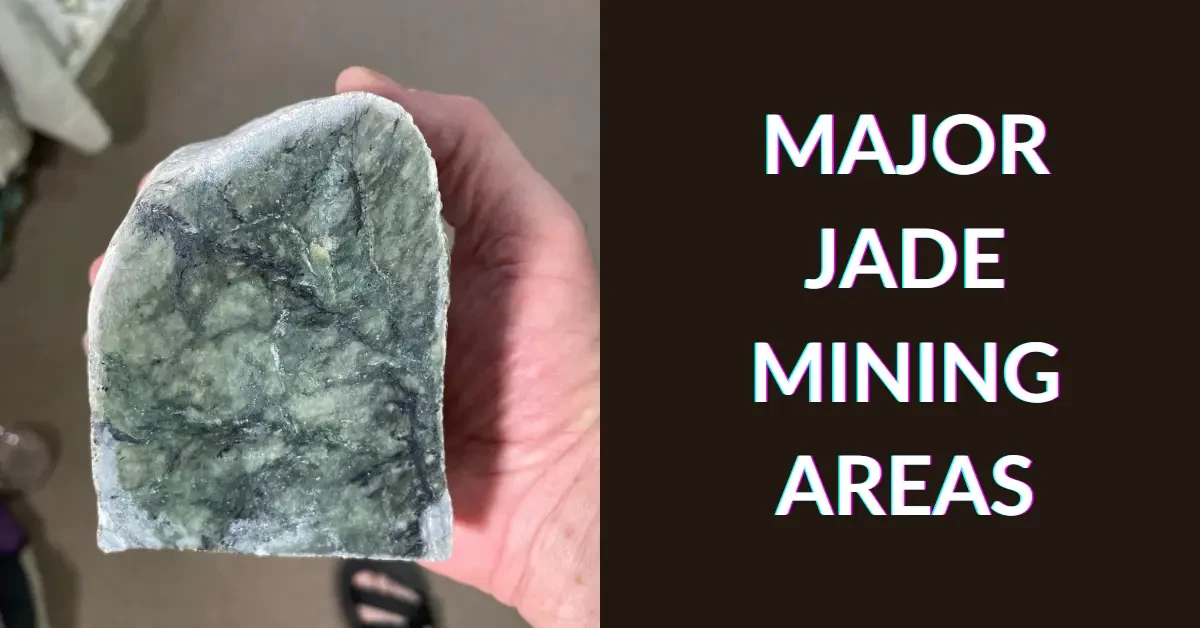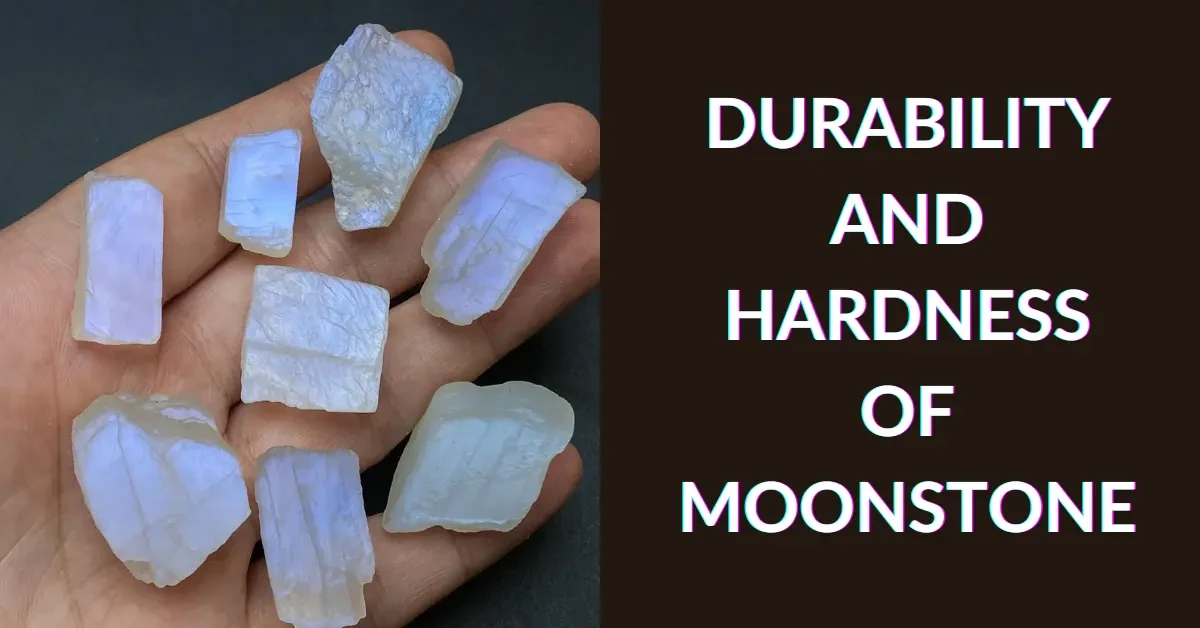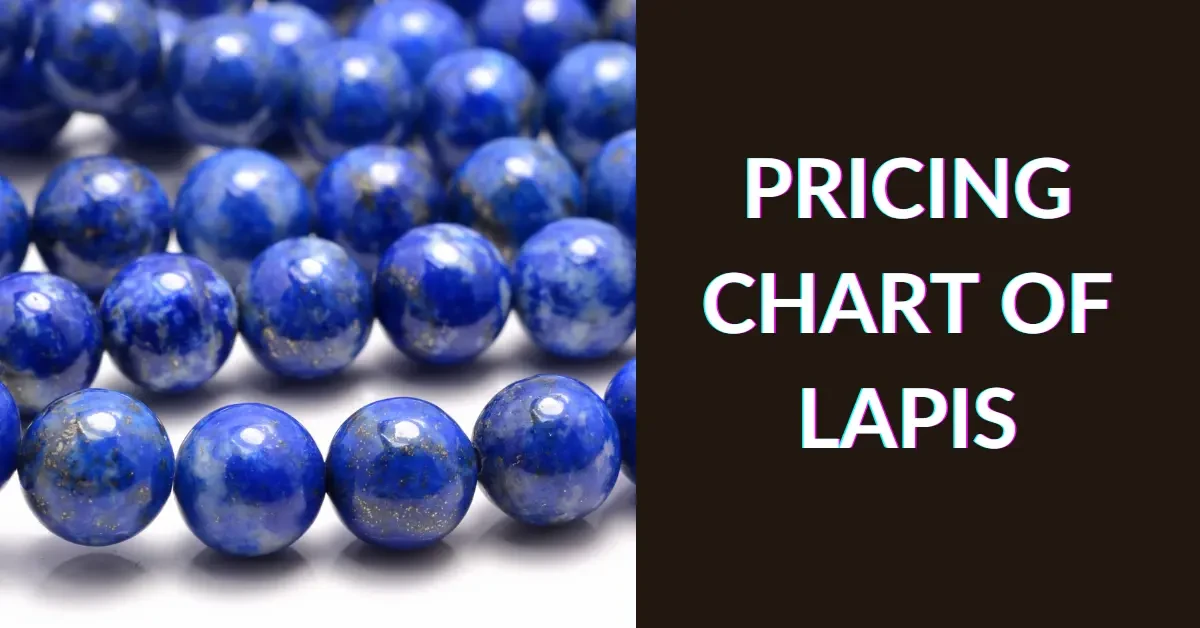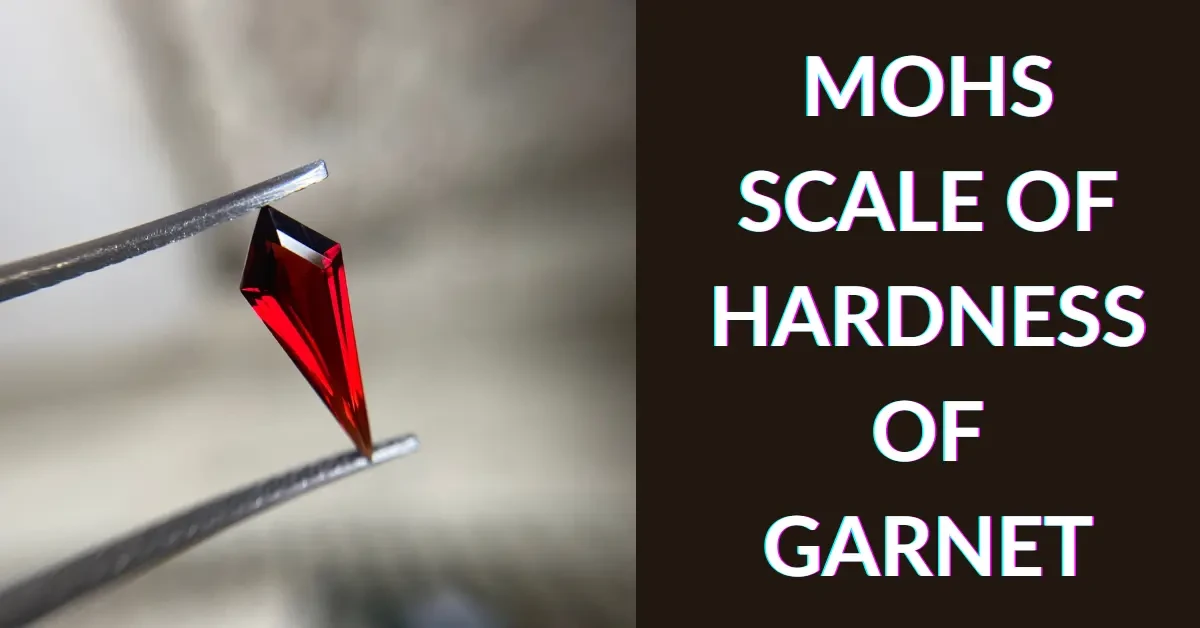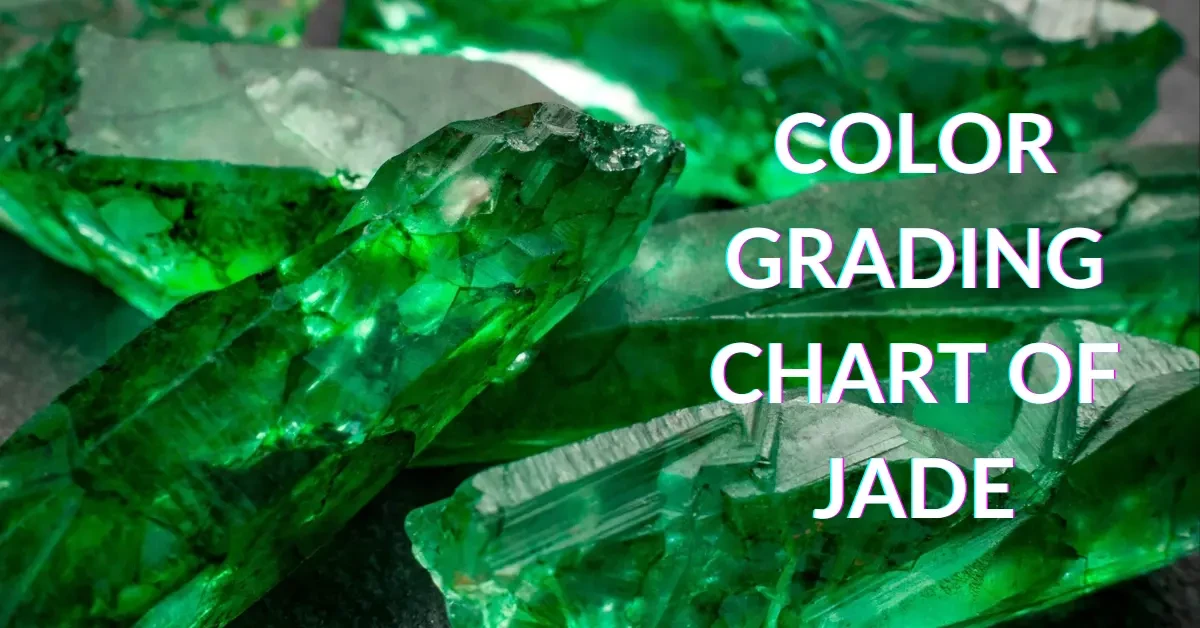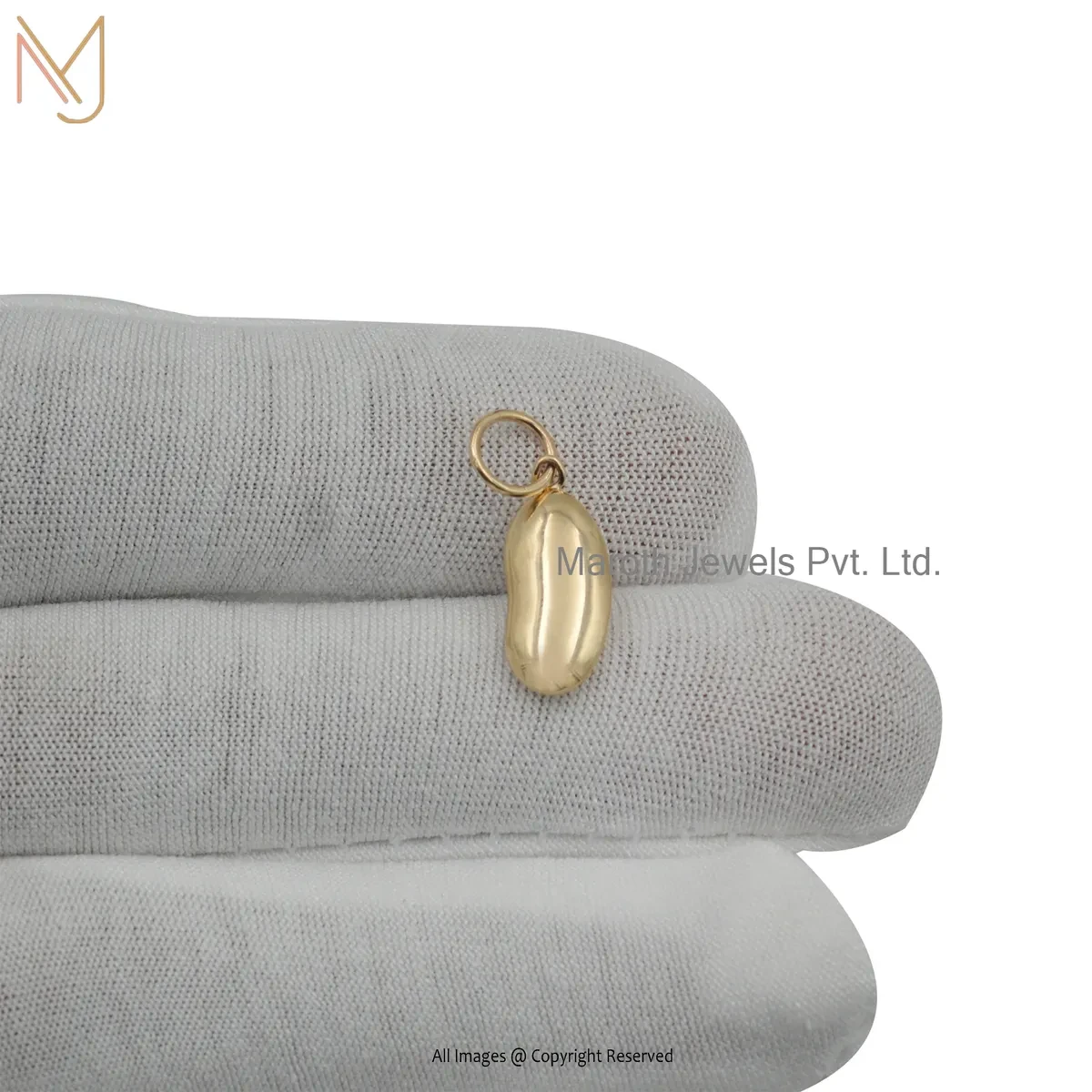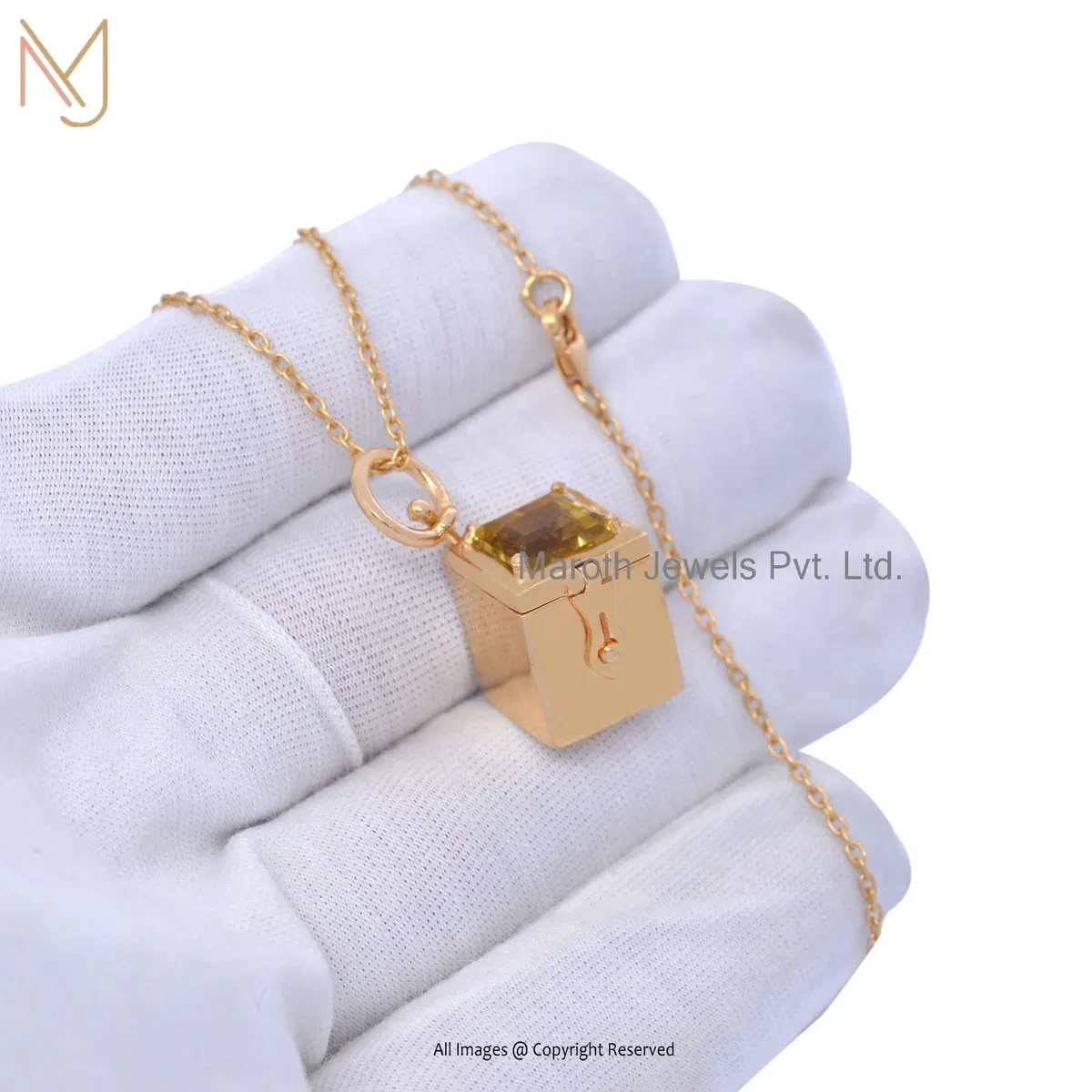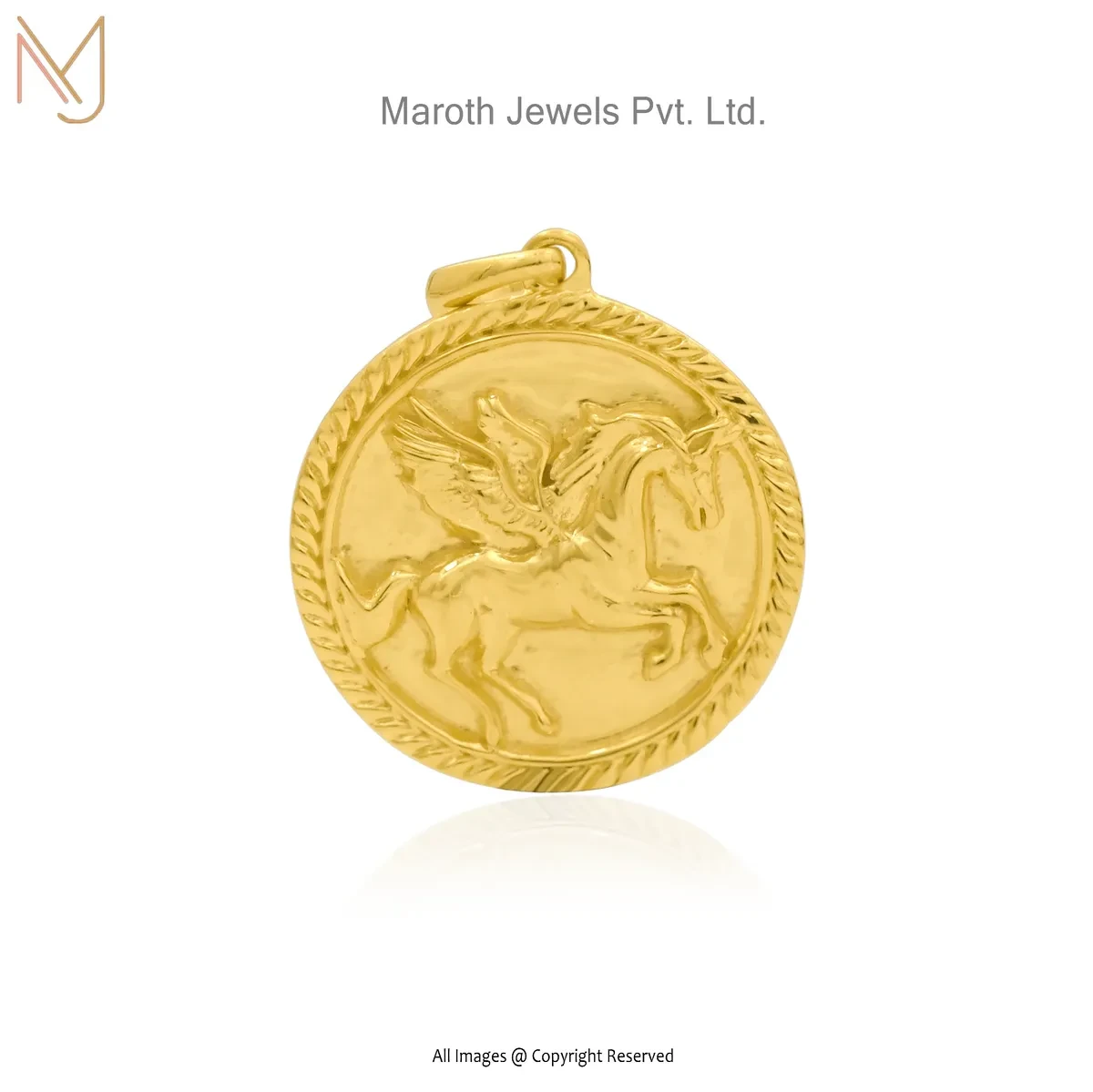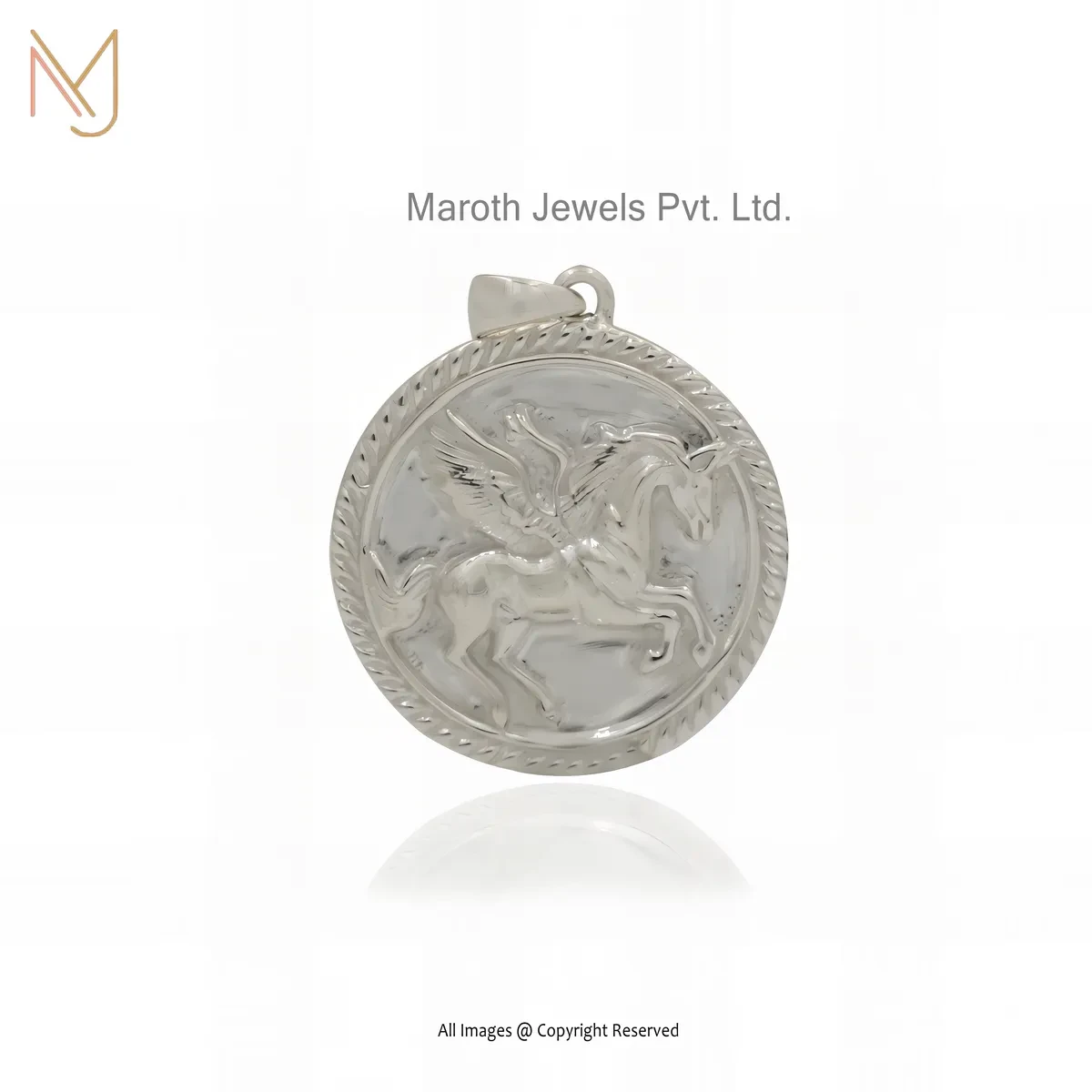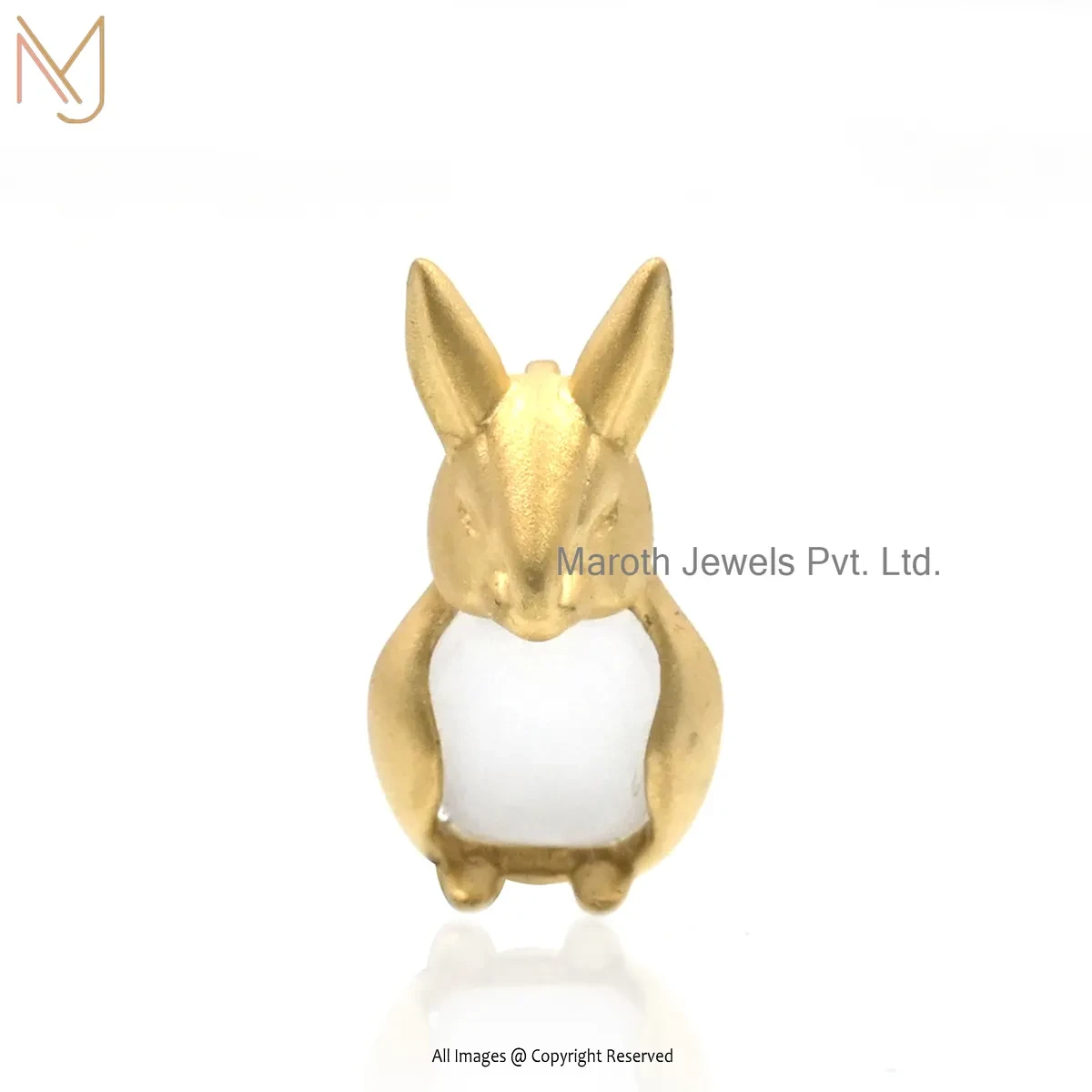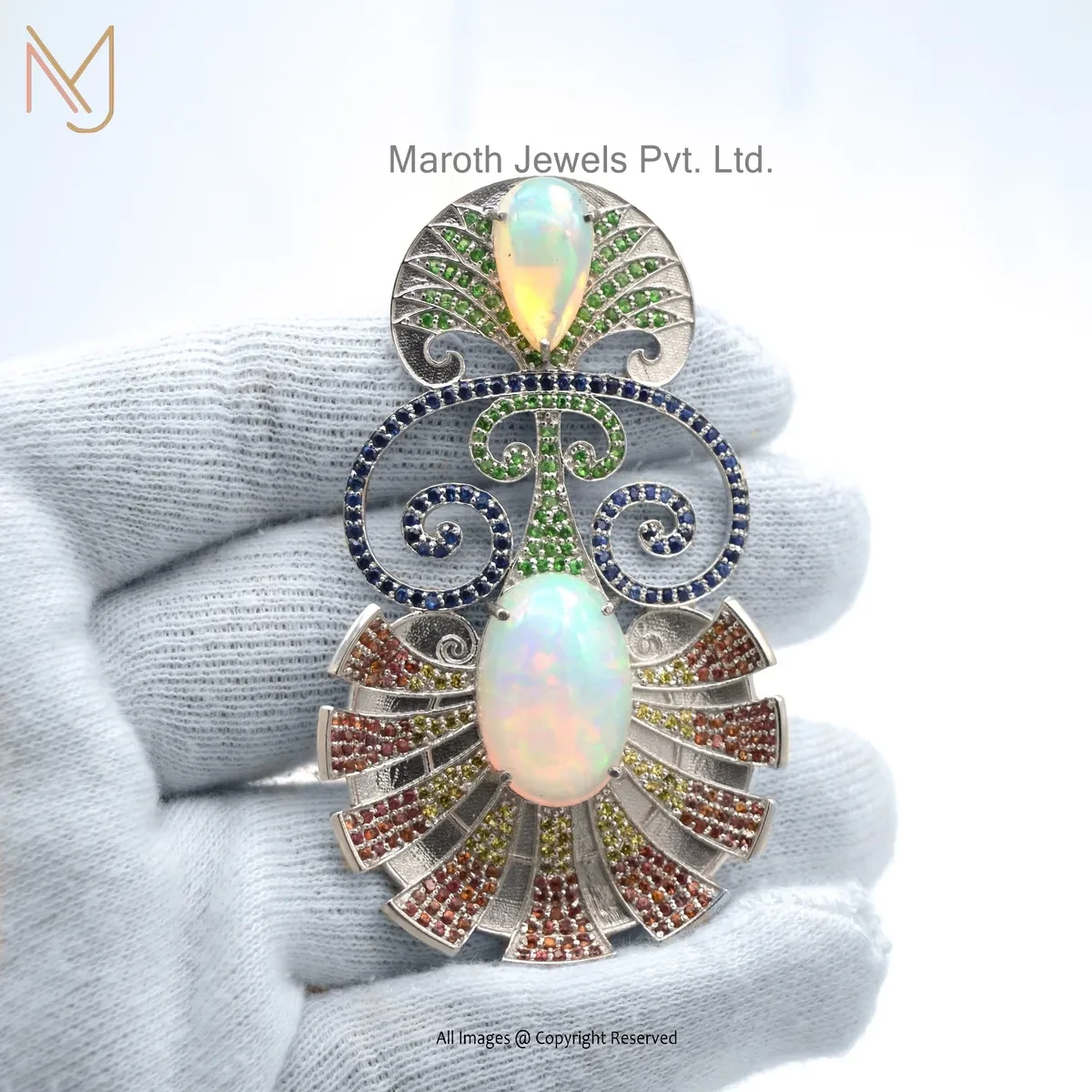Mohs Scale of Onyx
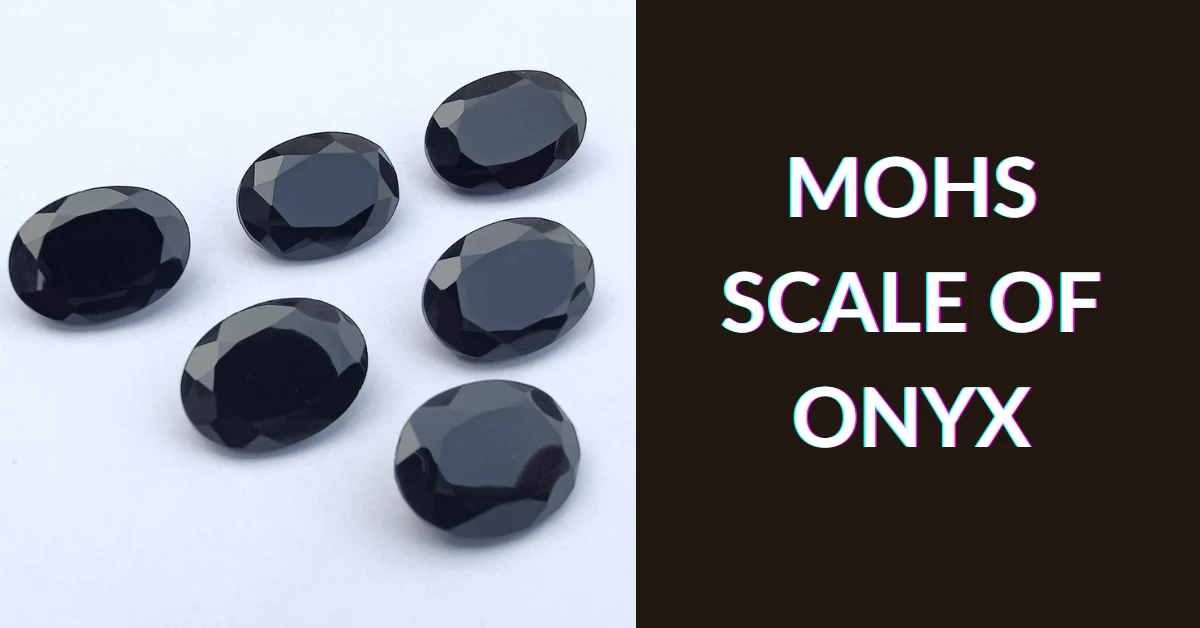
Mohs Scale of Onyx
Hardness of Minerals
Hardness also contributes a lot to desirability and utility of minerals. Hardness in the gemstone context is a very important element since it can be used to gauge the permanence and scratch resistance. Soft gemstones may easily be damaged or lose their shine with time whereas harder ones are harder to wear and tear.
In the case of jewelry designers, it is imperative to comprehend the hardness of the gem stones. It assists them in selecting the appropriate stones to use in various kinds of jewelry, which will not wear out easily and allow the major structures to preserve their beauty even many years after. In the same way, gemstone enthusiasts and consumers can make informed decisions on the kinds of gemstones that they buy based on their hardness.
The position of Onyx on the Mohs Scale
Onyx is between 6.5 to 7 on the Mohs Scale indicating its decent hardness level. This makes it a little lower than quartz which has a strong standing as a classic and popular gemstone. The hardness of Onyx implies that it can be used in numerous types of jewelry, such as rings, pendants and earrings.
Although Onyx does not rank as hard as diamonds, the highest-ranking material in the Mohs Scale with 10 points, it can provide a decent degree of durability in day-to-day use. When well taken care of, Onyx jewelry can be very long lasting, not losing its beauty and elegance.
The hardness of Onyx is also due to the mineral composition of their product, and the main mineral is chalcedony. Chalcedony is a form of quartz, which is highly hard and strong. This is what makes Onyx a safe bet when it comes to owning a gemstone that would not only be beautiful but also have a practical use.
How is the Mohs Scale Used?
To scale a mineral a mineral is rubbed against the scale by scratching it against the minerals of the scale. When the mineral under test is harder than the mineral with which it is being compared, it will scratch the other mineral surface.
The hardness of a mineral is given relative to the number of minerals that it can scratch and this is where the number of minerals defines the relative hardness of a mineral. As an illustration, in case a mineral can scratch a piece of quartz (hardness of 7 on the scale) but not a piece of topaz (hardness of 8 on the scale), this mineral would get a scale number of 7.
The Mohs scale of hardness is a frequently used tool in mineralogy and materials science as a simple and convenient method of identifying the relative hardness of a mineral.
The Scale is not only in general use everywhere in the world to this day, but in every article we write about gemstones you will find us telling you its hardness by the Mohs Hardness Scale.
It is also quite a handy thing to know in relation to your gemstone jewellery since you know how to store your jewellery such as how to wear your jewellery pieces.
Why is the Mohs Scale Helpful?
The hardness of a mineral is very essential to know. We know this without necessarily undergoing the hurtful consequences, but because a diamond kept loose beside a pearl might in theory scratch it and destroy it.
A diamond is powerful enough that nothing will be able to cut a diamond but another diamond.
The following is a table that we have prepared of some of the Precious and Semi-Precious Stones and Their Hardness (which have links to corresponding articles on each gemstone).
The 4C’s of Onyx
This beautiful jewellite has been in fashion for many centuries, particularly in the Greek and Roman world, and still today it remains popular. The factors that affect the value of an onyx include the following:
Color
Carat
Clarity
Cuts
Color
An onyx is somewhat transparent or completely opaque. This gemstone is of a black base and white upper part; in its most popular form it is black at the base, and white on the top.
Others of its forms have strips of other colours separating these two base layers.
Onyx can also be in single colors without a color band and black is the most desired and rare color in this gemstone.
Clarity
This is a spectacular gem that tends to be inclusions free.
An onyx stone is supposed to have a polished and reflective surface.
Scratches or cracks on its surface may significantly reduce the price and quality.
Cuts
Onyx may be carved in all regular forms, including rounds, squares, oval, trillion and marquise.
Because of the existence of beautiful bands of colors, an onyx is often cut into cameos, which perfectly adds to this peculiarity of the stone.
The onyx is also cut and made in slick cabochons.
Recent Posts
Color grading chart of Agate
Major Jade Mining Areas
Durability and Hardness of Moonstone
Mohs Scale of Fluorite
Pricing Chart of Lapis
Mohs Scale of Hardness of Garnet
Mohs Scale of Onyx
Pricing Chart of Smokey Quartz
Color grading chart of Jade
Related products
14K Yellow Gold Kidney Bean Charms Pendant Jewelry Manufacturer
Wholesale 14K Yellow Gold Blue Chalcedony And Ruby Cubic Zicon Shell Pendant
14K Yellow Gold Labradorite & Cubic Zircon Flower Pendant Manfacturer
14K Solid Yellow Gold Cubic Zircon Magic Box Charms Pendant Jewelry Manufacturer
14K Yellow Gold Winged Horse Coin Pendant Jewelry Supplier
14K Yellow Gold Clear Quartz Gemstone Rabbit Charm Pendant Manufacturer
14K Yellow Gold White Agate , Moissanite Feather Pendant Custom Jewelry
9K Yellow Gold Labradorite , Moissanite Octopus Pendant Jewelry Supplier
14K Yellow Gold Multi Gemstone And Tsavorite & Opal Scallop Shell Pendant USA
Wholesale 14K Yellow Gold Pink Sapphire And Opal Gemstone Brooch Butterfly Pendant
Contact Us For Custom Jewelry
Please get in touch with us and share your ideas if you have personalized jewelry or are searching for a private label jewelry manufacturer. In accordance with your suggestions, we will make and present genuine jewelry.
Drop Us a Line
Scan QR Code
for immediate contact

